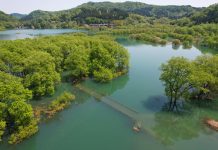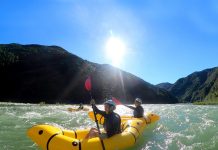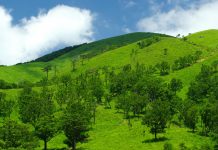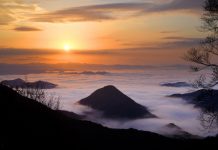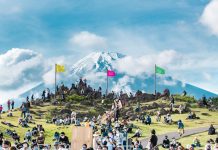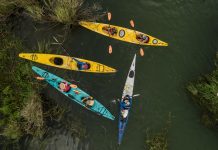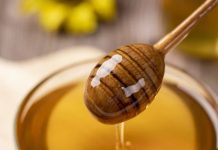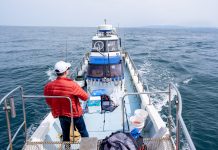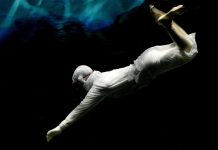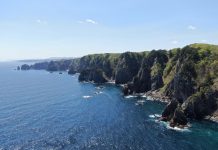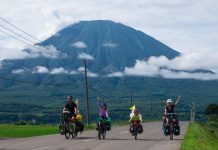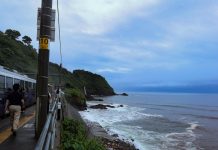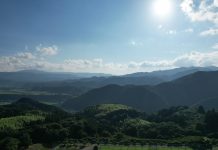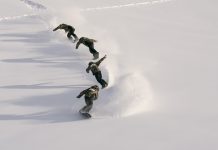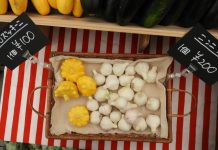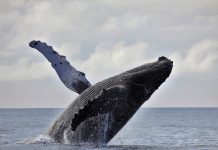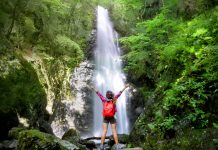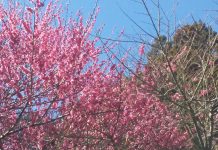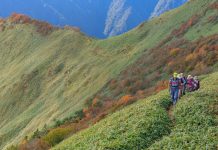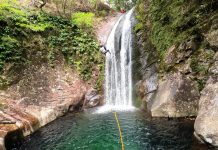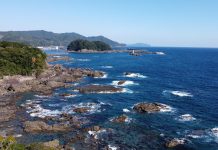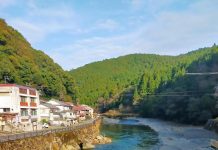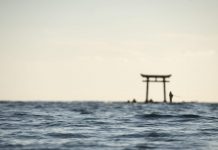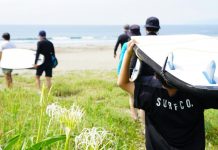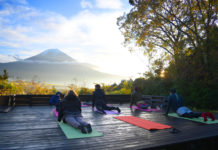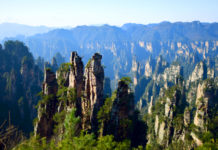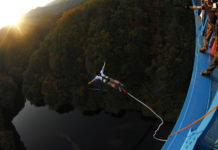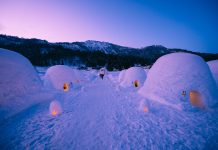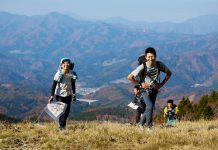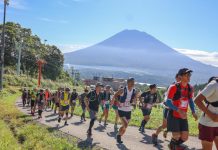The South China Sea divides Malaysia nearly in half. On one side of that body of water is well-known peninsular West Malaysia and on the other, some 600 kilometers distant, is East Malaysia. The Malaysian states of Sarawak and Sabah, occupying a sparsely populated region of mountains, equatorial rainforests and extensive river networks, share the sizeable island of Borneo with the Sultanate of Brunei and Indonesia’s Kalimantan.

Sarawak possesses one of Asia’s more curious histories. An English adventurer named James Brooke—who happened along in 1839, armed and dangerous, so to speak—helped the Sultan put down a tribal rebellion. He was rewarded with a grant of territory, established the state of Sarawak and reigned over it as the first in a three-generation dynasty of “White Rajahs.”
James was duly followed by his nephew Charles, and Charles by his son Vyner, each of whom succeeded to further expand Sarawak’s territory. Their rule was to last for a century, right up to World War II when the Japanese invaded Borneo.
Following Japan’s surrender in 1945, Vyner Brooke returned from his safe haven in Australia but, in the face of impossible costs to restore the former order, he ultimately ceded Sarawak to Britain as a crown colony. In 1963 Sarawak became a part of Malaysia.
Sarawak’s capital is the city of Kuching, its name said to have been acquired rather accidentally. Kuching means “cat,” and the favored story goes that the when the first Brooke pointed at the settlement and asked local folks what it was called, they thought he was pointing at a cat and therefore answered accordingly.
The tale is probably not true, since that name was not actually adopted until many years later, but citizens were obviously charmed enough by it to erect a “Cat Family” sculpture in the city. Recalling the city’s early years, it is also said to symbolize its present organization: the two big cats representing the two mayors, one presiding over the north and the other over the south of the city, and the nine kittens representing the nine administrative divisions.

The Sarawak River has long been the veritable lifeblood of Kuching. A handsomely designed waterfront pedestrian promenade skirts it at the northern edge of the old colonial district. Early mornings find tai chi practitioners along its brick walkways and, in early evening, families, friends and sweethearts out for strolls.
The tale is probably not true, since that name was not actually adopted until many years later, but citizens were obviously charmed enough by it to erect a “Cat Family” sculpture in the city. Recalling the city’s early years, it is also said to symbolize its present organization: the two big cats representing the two mayors, one presiding over the north and the other over the south of the city, and the nine kittens representing the nine administrative divisions.
The Sarawak River has long been the veritable lifeblood of Kuching. A handsomely designed waterfront pedestrian promenade skirts it at the northern edge of the old colonial district. Early mornings find tai chi practitioners along its brick walkways and, in early evening, families, friends and sweethearts out for strolls.
Small canvas-roofed boats called tambang anchor alongside, ready to ferry passengers up, down or across the river for a modest sum. One can be hired for a cruise to take in the city from the water—from historical Fort Margherita to the grand Astana, original Brooke family mansion and still the official residence of Sarawak’s governor; from its Malay kampongs with their clapboard stilt houses to the golden-domed mosque which is the center of Islamic Malay religious life.
Just a stone’s throw from the waterfront is Kuching’s oldest Taoist temple and the picturesque shophouses of Chinatown, built by late 19th- and early 20th-century Chinese immigrants. Not far away is India Street, named for another of Sarawak’s numerous ethnic groups. There are, in fact, 27 of them who call Sarawak home, and many dwell in wild and extremely remote reaches of the land.
Splendid artifacts of their varied cultures fill the halls of the Sarawak Museum. Some of the most fascinating and impressive museum displays belong to the state’s indigenous tribal groups, such as the Iban, Orang Ulu, Bidayuh, Melanau, Penan and others.
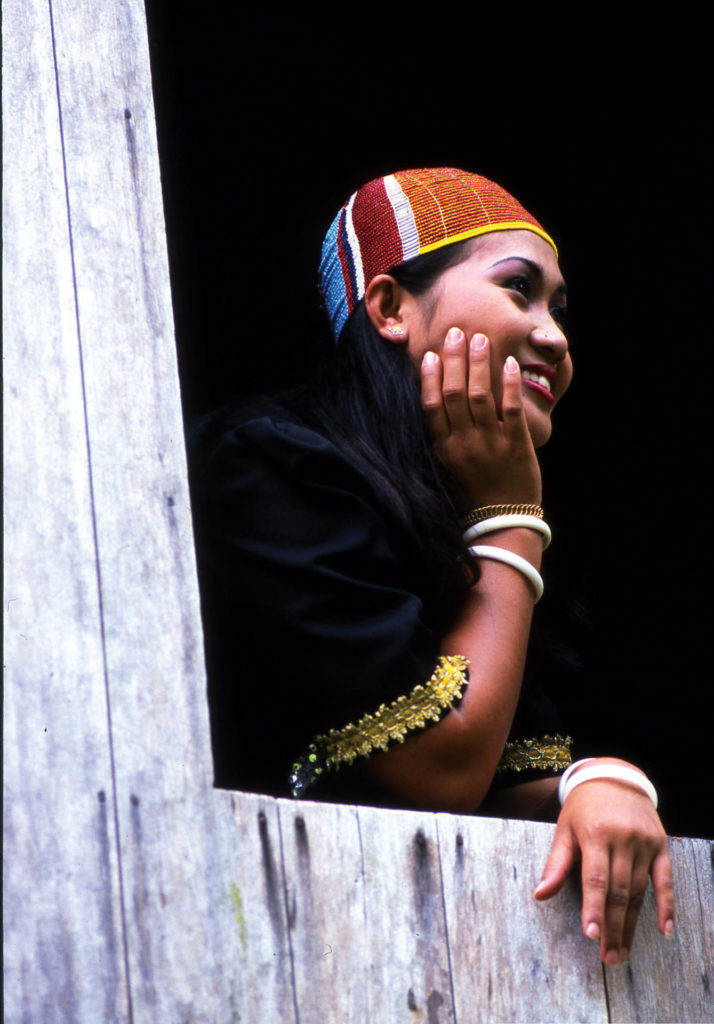
Not far from Kuching, on the Santubong Peninsula, local cultures are further illuminated at Sarawak Cultural Village where traditional dwellings and lifestyles are attractively showcased.
Yet for most enthusiastic visitors, a trip to Sarawak will not be complete without a thrilling journey inland to visit a real tribal longhouse.
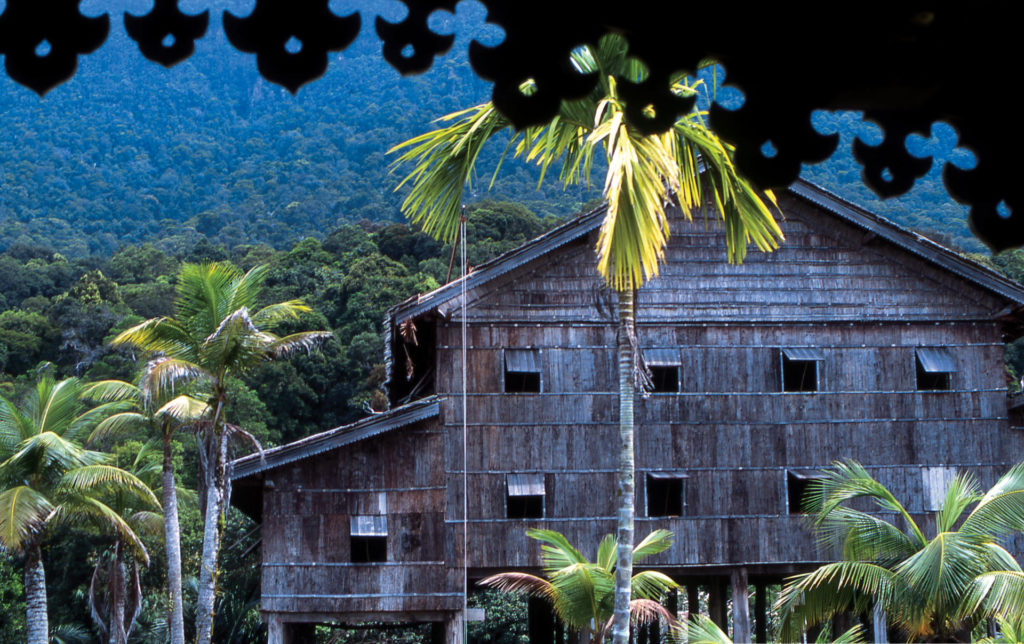
GETTING THERE
Malaysia Airlines has daily flights from Narita to Kuala Lumpur, with same-day connections to Kuching, the capital of Sarawak. Web: www.malaysiaairlines.com
RAINFOREST RHYTHMS
Sarawak Cultural Village is the venue for the renowned annual Rainforest World Music Festival. Celebrated world musicians and indigenous musicians from the island of Borneo are featured performers, alongside a lively program of workshops, lectures and jam sessions. This year’s festival will be held from July 7 to 9. Web: www.rainforestmusic-borneo.com

